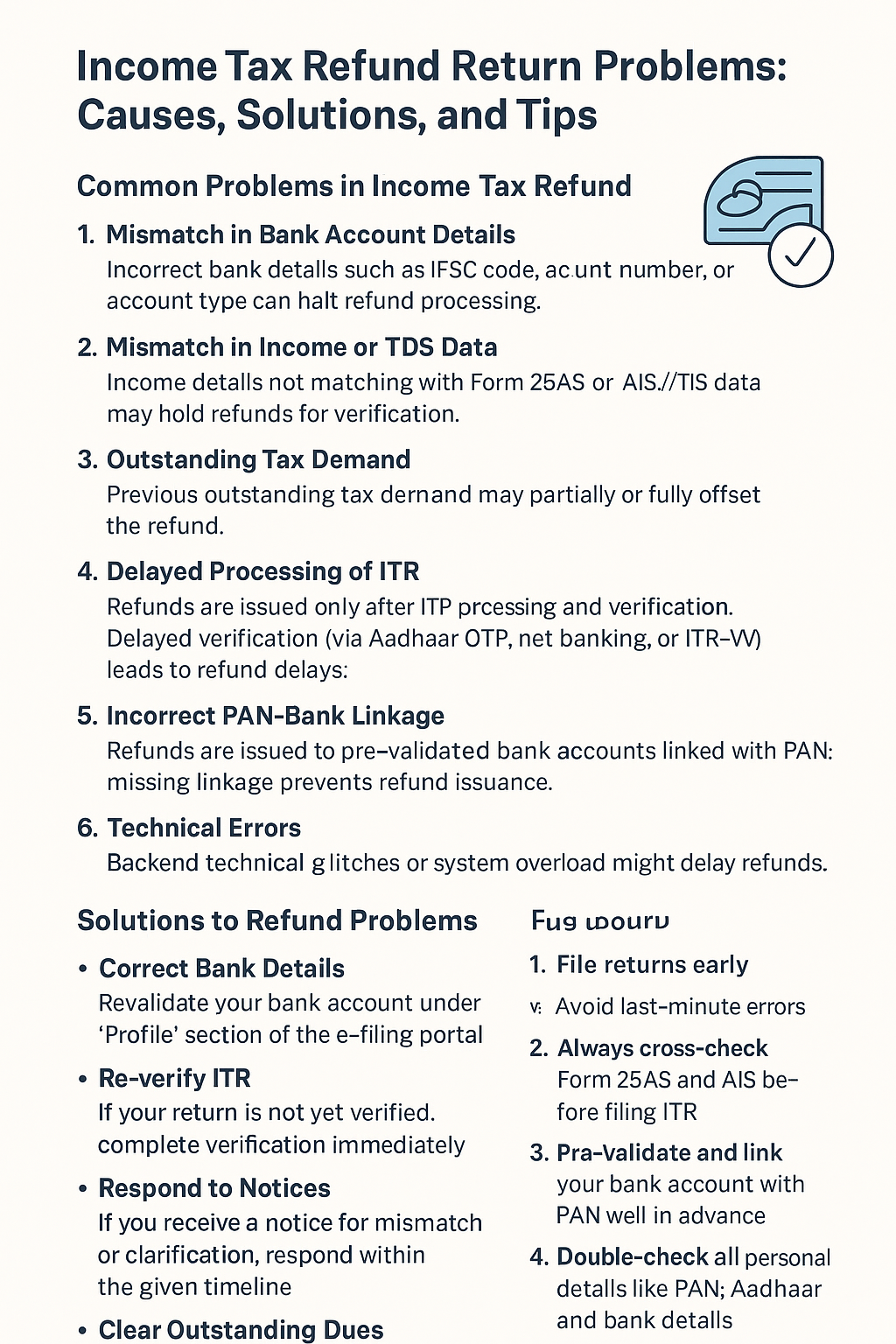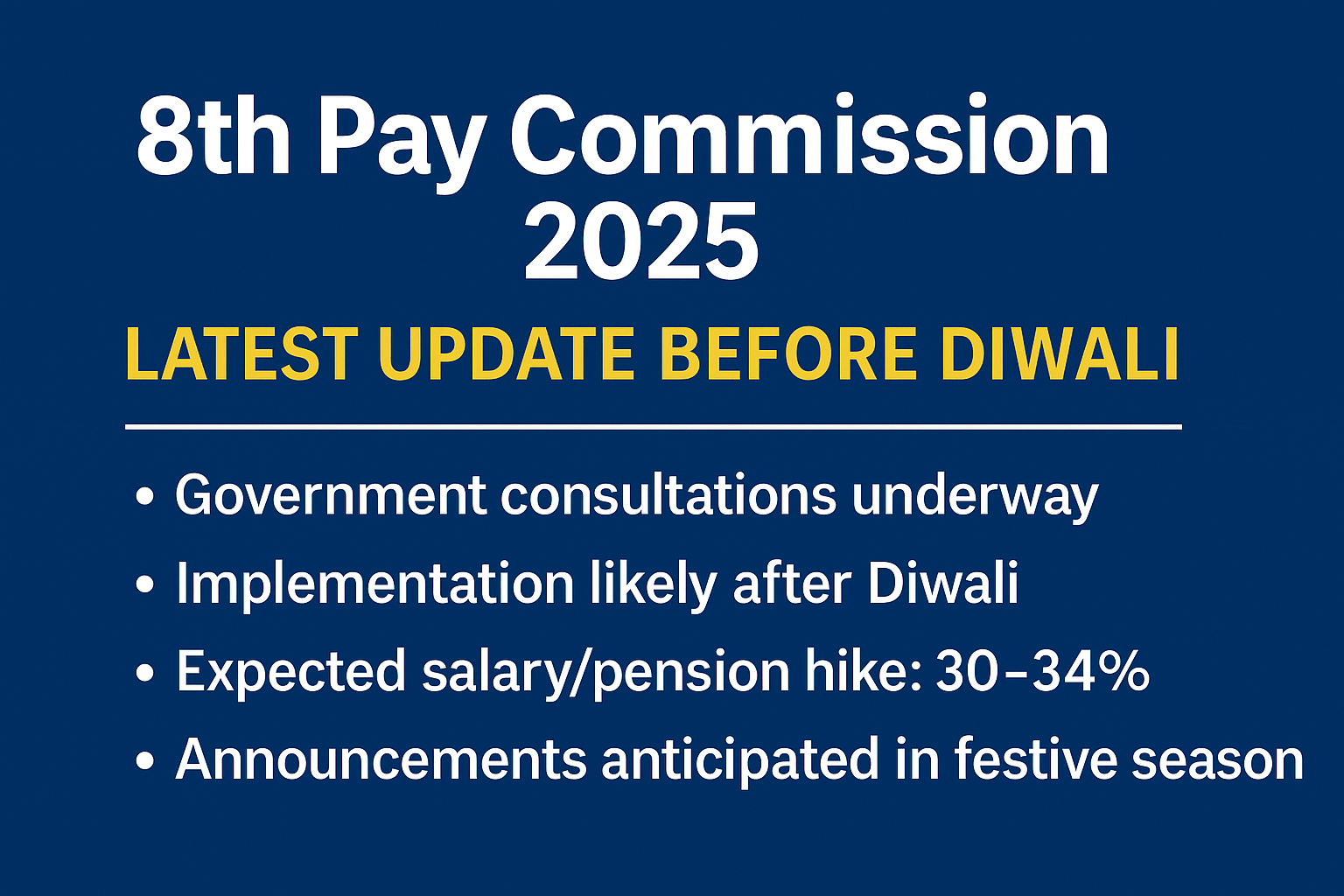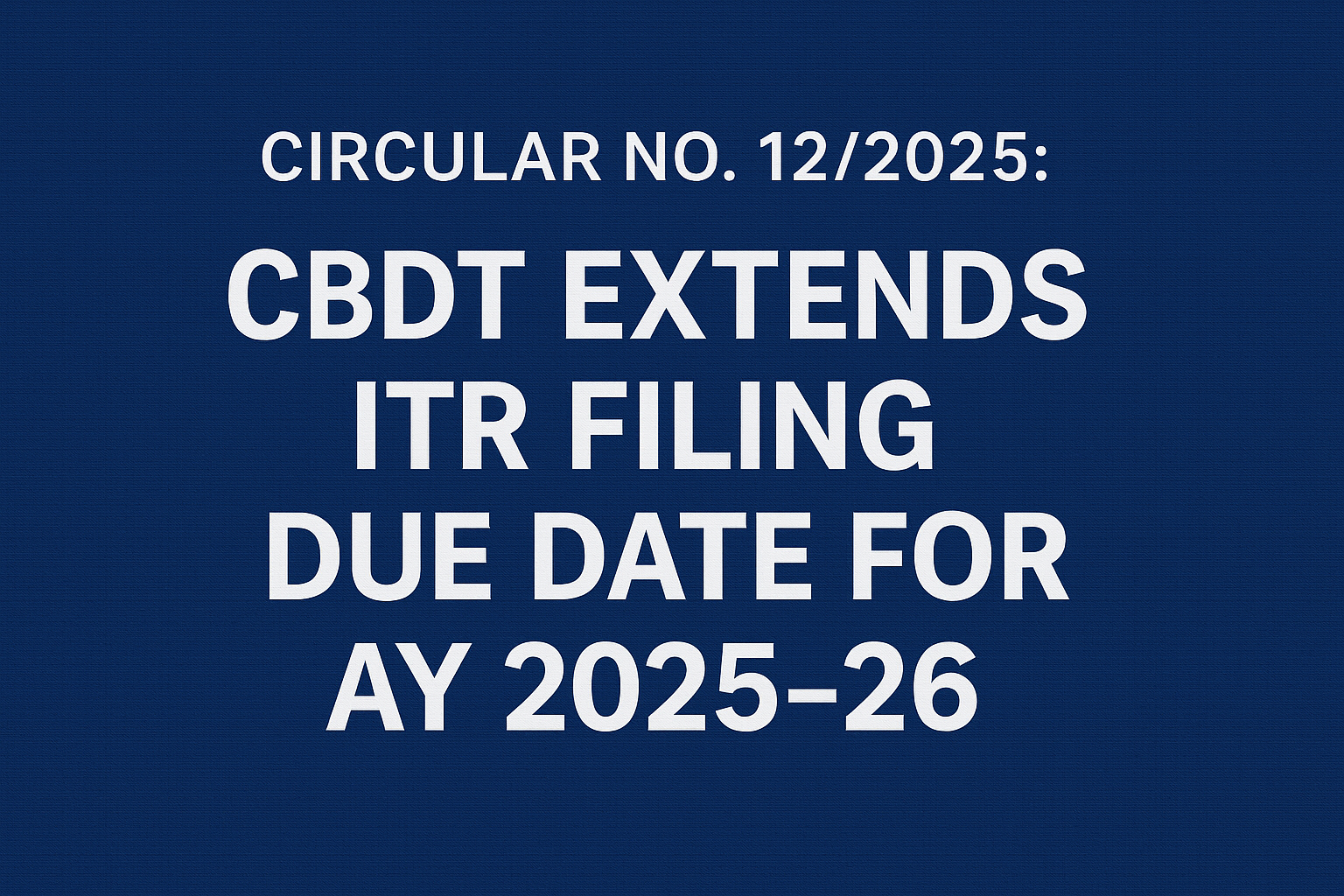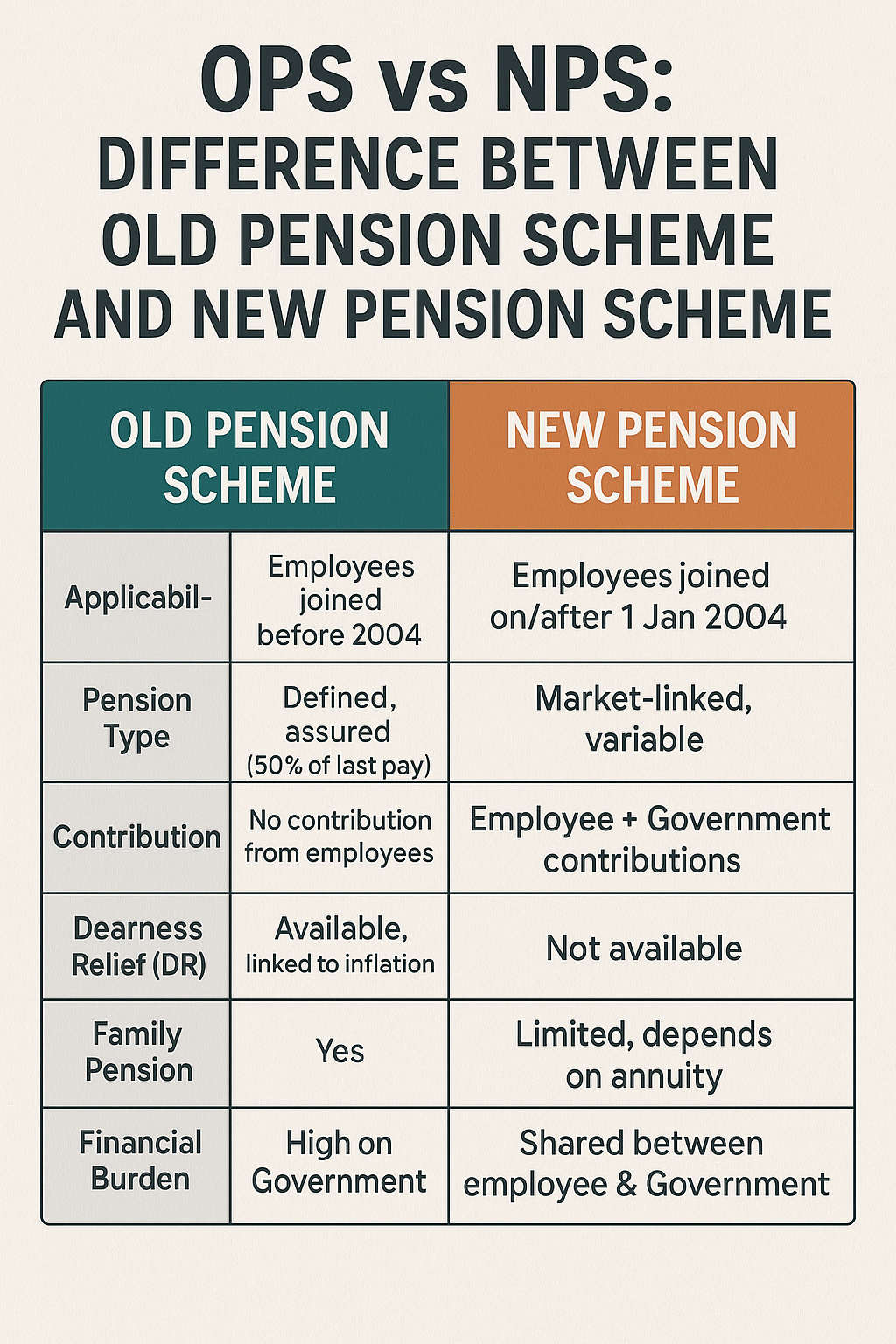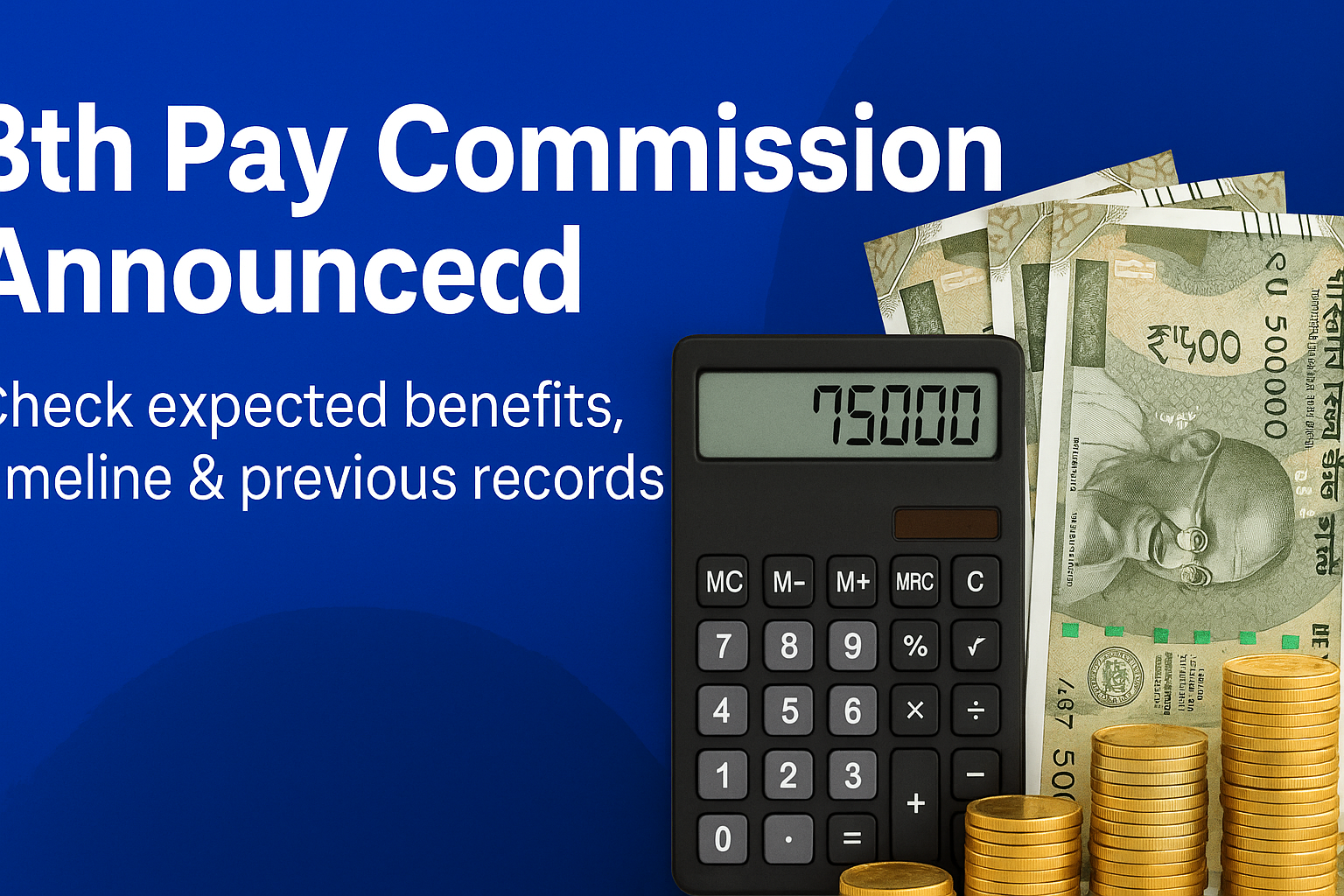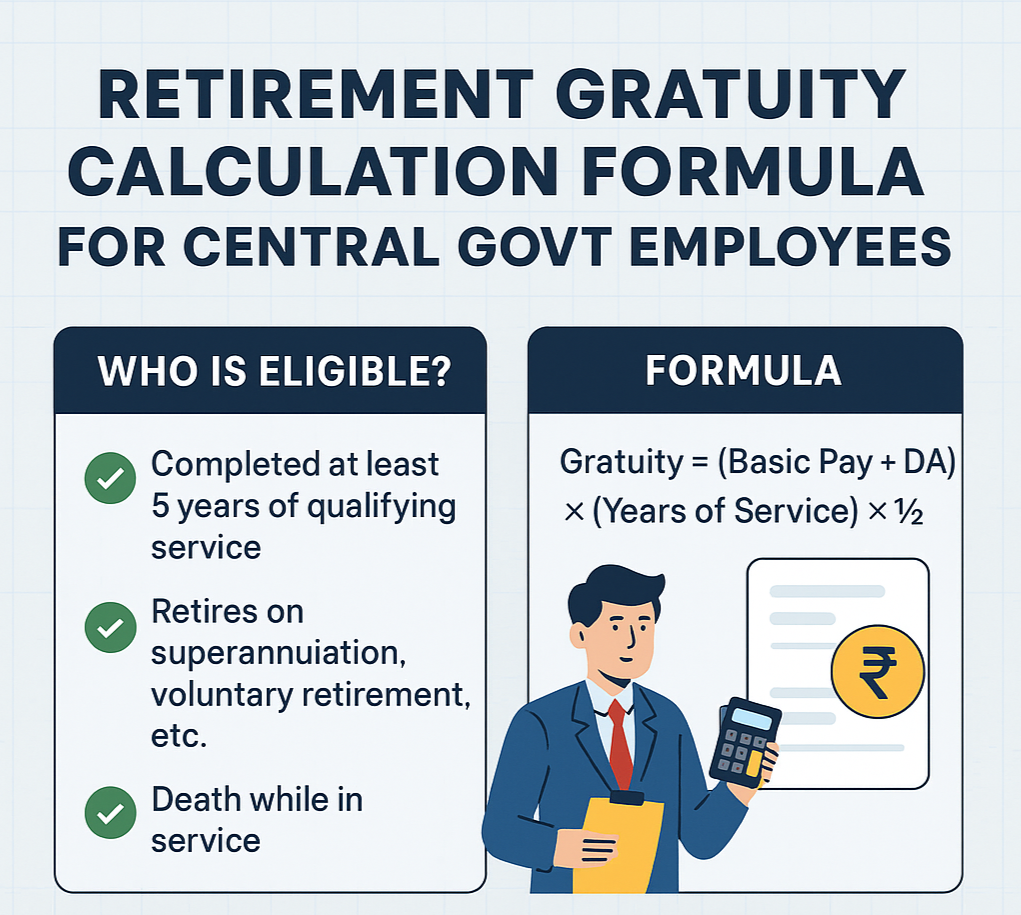8th Pay Commission fitment factor expected

8th Pay Commission fitment factor expected
Pay Commissions in India are periodic reviews (normally every 10 years) of the pay structure for central government employees and pensioners. The 8th Central Pay Commission (CPC) has been approved (January 2025), and the implementation is expected from 1 January 2026.
One of the most critical parameters in a Pay Commission is the fitment factor. It essentially decides how much the basic pay — and by extension, pensions — will be multiplied to arrive at revised pay scales. There is much speculation and anticipation about what the 8th Pay Commission’s fitment factor will be. This article discusses what the fitment factor is, what the range of expectations is, what influences it, and what impact different scenarios might have.
What is the Fitment Factor?
The fitment factor is a multiplier applied to existing basic pay (or pension) to compute the revised basic pay under a new pay commission. The revised basic becomes the base for calculating allowances like House Rent Allowance (HRA), Transport Allowance (TA), etc., and the revised pension amount is also proportionate to it.
For example, under the 7th Pay Commission implemented in 2016, the fitment factor was 2.57. Thus, the minimum basic salary increased from ₹ 7,000 (6th Pay Commission) to ₹ 18,000.
Other components like Dearness Allowance (DA) are reset/re-based when a new Pay Commission is introduced; DA previously accumulates on the old basic, but soon after implementation, the DA is reset to zero and then built up again.
Thus, the fitment factor is crucial: it directly affects the basic pay (hence the earnings and pensions), the annuity for pensioners, the fiscal burden for the exchequer, and the “real take-home” money for employees.
What Are the Current Speculations and Expectations?
Since the announcement of the 8th Pay Commission in January 2025, there have been many estimates and speculations regarding what the fitment factor may be. These speculations vary across media, expert reports, employee associations, etc. Below are the main vectors of what people are expecting.
| Estimate / Speculation | Key Source(s) | Fitment Factor Range / Values |
|---|---|---|
| Expert / market reports (e.g. brokerage, consultancies) | CleanTax, Ambit, Kotak Institutional Equities, etc. | Lower range: ~1.80 to ~2.46; upper range near ~2.50–2.60 some expect. |
| Employee / pensioner demands / union proposals | NC-JCM, GENC etc. | Higher expectations: ~2.86 (so as to raise the minimum basic salary to ~₹ 51,480) |
| Conservative / government fiscal constraint view | Analysts, media speculation that government may prefer a lower fitment to limit fiscal burden. | ~1.80-2.00 are seen as possible lower bounds. |
| Mid-range expectations | Several reports say 2.28 to 2.46 could be more realistic. |
A few concrete numbers being floated:
- 2.86: A popular expectation among many unions and media reports. If this is accepted, the minimum basic pay (Level 1) could go from ₹ 18,000 (7th CPC) to ₹ 51,480. Pension minimum from ₹ 9,000 to about ₹ 25,740.
- 2.28: Another widely reported value in more moderate estimates. This would raise minimum basic pay to ~₹ 41,040.
- 1.83-2.46: Some reports (like ClearTax) project this band.
What Factors Influence the Choice of Fitment Factor?
Determining the fitment factor is not done in isolation. Several economic, political, and administrative considerations come into play. Below are key factors:
-
Inflation & Cost of Living Adjustments
Rising prices, especially in food, fuel, housing, etc., put pressure on government employees and pensioners. A higher fitment factor helps offset inflation accumulated since the last commission. Also, DA trends matter; a high DA (which is a function of inflation) reduces the “real income” unless revised. -
Dearness Allowance (DA) Reset / Re-basing
When a new Pay Commission starts, DA is often reset to zero. This means employees lose the accumulated DA component in basic pay structure but DA is built back gradually. The magnitude of DA at the time of transition influences how large a fitment factor employees will demand to compensate. -
Fiscal Capacity of the Government
The higher the fitment factor, the greater the burden on the government’s budget (both in salaries and pensions). The government has to balance between employees’ demands and budgetary constraints. With inflation, government revenues, and competing demands (infrastructure, health, defense, etc.), the fiscal space is a big constraint. -
Political Considerations and Employee Unrest / Union Pressure
Government employee associations/unions (JCM, NC-JCM, etc.) lobby for higher fitment. Politically, implementing a generous fitment factor is a vote-friendly move. But politicians will also consider how sustainable such increases are. -
Comparison with Private Sector / Other States
More and more, employees compare their pay, benefits, allowances with private sector, and state government practices. If private sector salaries are rising sharply, there’s pressure to keep government pay competitive, to attract/retain good employees. -
Precedent from Previous Pay Commissions
Trends in past CPCs, what was done under 6th and 7th CPC, expectations set before, how increases were phased, how allowances were restructured or merged. The last time, 7th CPC’s fitment factor was 2.57; employees expect at least as much, considering inflation since then. -
Allowances Review / Merger
Apart from basic pay, allowances are a large component of total compensation. If a lot of allowances are merged into basic pay, then higher basic pay (via fitment factor) changes overall pay structure and could affect take-home pay, pension, etc. Sometimes allowances are reduced or merged to simplify pay structure, which has financial implications.
Possible Scenarios: Implications of Different Fitment Factors
To understand what different values of fitment factor mean in real terms, let’s consider some scenarios. Here, we’ll take the minimum basic salary under 7th CPC (₹ 18,000) and see what the new basic could be under various fitment factors. We also consider what happens to pensioners and other grades, roughly.
| Fitment Factor | Revised Minimum Basic Pay (Level 1) | Approximate % Increase Over Current Basic |
|---|---|---|
| 1.80 | ₹ 32,400 | ~80% |
| 1.92 | ₹ 34,560 | ~92% |
| 2.28 | ₹ 41,040 | ~128% |
| 2.46 | ₹ 44,280 | ~146% |
| 2.57 (same as 7CPC) | ₹ 46,260 | ~157% |
| 2.86 | ₹ 51,480 | ~186% |
(These are illustrative for the base (Level 1) only; higher levels will scale similarly.)
Effects for Pensioners
Pension is often calculated as some fraction of last drawn basic pay (or fixed minimum), thus pensioners also benefit in proportion to the fitment factor. If minimum pension is ₹ 9,000 now, under factor 2.86 it would become ~₹ 25,740.
Allowance / Gross Salary Considerations
While basic pay may increase sharply, the net or gross increase may be moderated by:
- Resetting of DA to zero and building it up again. That means an initial “loss” of the accumulated DA component under old regime.
- Allowances tied to basic pay (like HRA, TA) will increase with the new basic, but the percentage or slabs may be reviewed. If some allowances are reduced, merged, or abolished, that may offset some gains.
- Taxation, deductions, etc., will still apply; higher gross salary may push people into higher tax slabs unless exemptions change.
What Estimates Suggest: Which Fitment Factor Seems Most Likely?
From analyzing various reports, there’s no single consensus, but some ranges appear more probable:
- Lower bound: ~1.80 to ~2.00. If the government wants to be more conservative due to fiscal constraints, inflation, etc. This offers a decent hike, but may not satisfy the higher expectations of employees.
- Mid-range: ~2.28 to ~2.46. Many reports suggest this is a balancing point that provides substantial increase without overburdening the exchequer.
- Upper range: ~2.57 to ~2.86. These are the more “optimistic / maximalist” scenarios favoured by unions, employee groups. They would result in very large salary increases. However, such high values come with a heavy financial burden on the government.
Given past Pay Commission behavior, political pressure, inflation trends, and economic growth, many believe the fitment factor will settle somewhere in the mid-to-upper-mid range (around 2.28-2.86). The exact number within this depends on how aggressively the government wants to satisfy demands vs manage expenditure.
Challenges in Finalising the Fitment Factor
While expectations are strong, there are several challenges that could affect the final number or its implementation timeline:
-
Fiscal Burden
The government must ensure that salary + pension obligations following a higher fitment factor are affordable. This includes recurring annual costs, not just one-time adjustments. Also, DA increases later will compound expense. -
Budgetary Constraints
Competing priorities (health, education, infrastructure, state finances) may cause the government to trim expectations. The burden of allowances merging, or increased pension liabilities, can strain the budget. -
Inflation / Economic Downturn
If inflation is very high between now and implementation, there might be pressure to increase the factor. But if the economy slows, or government revenue growth is subdued, that may force downward adjustments. -
Public Sector vs Private Sector Comparison
Employees compare their earnings to the private sector. If there’s large disparity, demands will be high; but government must also guard against unsustainable wage inflation in the public sector that could distort labour markets. -
Allowances Review
If many allowances are merged or abolished, some of the claimed increases via fitment factor might be offset. For example, travel, special duty, regional allowances may be cut or merged. -
Implementation Delays
There is some reporting that setting up the Commission, finalizing Terms of Reference, appointing members etc., may lead to delays. If implementation date is pushed beyond Jan 2026, employees may lose time-based gains.
Possible Outcomes & What Employees / Pensioners Should Expect
Given the speculated ranges and constraints, here are some likely outcomes:
- The minimum basic pay will likely rise significantly. Even under a lower-mid fitment factor (~2.28), it may double (or more) from current minimum.
- Pensioners will see substantial increases too, proportional to the factor, but percentage gains might feel less if allowances had augmented their previous incomes heavily.
- Allowances will be reviewed; some may be increased proportionally, some may be merged; “gross take home” may rise, but differently across levels depending on which allowances one gets.
- DA reset will happen, meaning once 8th CPC applies, the accumulated DA will be zeroed; employees may see their “basic + DA” momentarily lower in comparison but over time DA will build again.
- Government may try to moderate budget impact by adjusting timing, phasing in certain hikes, controlling allowances, tightening eligibility for some perks.
What to Watch / Where Clues Will Come From
To better anticipate exactly what the fitment factor will be, keep an eye on:
- Official Notifications – Government’s Terms of Reference (ToR) for the 8th CPC. The ToR often contains guidance or limits on fitment, allowances, etc.
- Union / Employee Bodies’ Demands – What NC-JCM, GENC, etc. are asking for. These often set the “ceiling” of expectations.
- Budget Documents / Government Statements – Finance Ministry, DoPT etc. Comments in parliament about public expenditure, deficit, etc., that indicate how much is affordable.
- Inflation Trends & DA Announcements – CPI data, upcoming DA announcements. If inflation surges, there will be more pressure.
- Economic Growth & Fiscal Slippage – If government revenues are weak, or there is an economic slowdown, there may be downward pressure on what the factor can be.
- Precedents in States – Some state governments may adopt similar increases; their decisions may influence central policy, or vice versa.
Conclusion
The fitment factor for the 8th Pay Commission is one of the most eagerly awaited numbers by central government employees and pensioners. It determines the basic pay increase, which cascades into pension, allowances, and total take-home pay. Current expectations range widely — from lower values (~1.80-2.00) to mid (~2.28-2.50) to high (~2.86).
A fitment factor of around 2.28-2.86 seems likely if the government wants to balance generous compensation with fiscal discipline. But with rising inflation, rising costs of living, and strong union pressure, there is a strong case for a higher number. On the flip side, fiscal constraints and budgetary discipline may force some compromise.
Employees and pensioners should stay tuned for official announcements, especially notifications of the commission’s Terms of Reference, and monitor economic indicators (inflation, DA, government revenues). In the end, the final fitment factor will be a result of balancing employee welfare with economic sustainability।
Share Example

.jpeg)
.jpeg)
.jpeg)
.jpeg)
.jpeg)
.jpeg)
.jpeg)



.jpeg)



